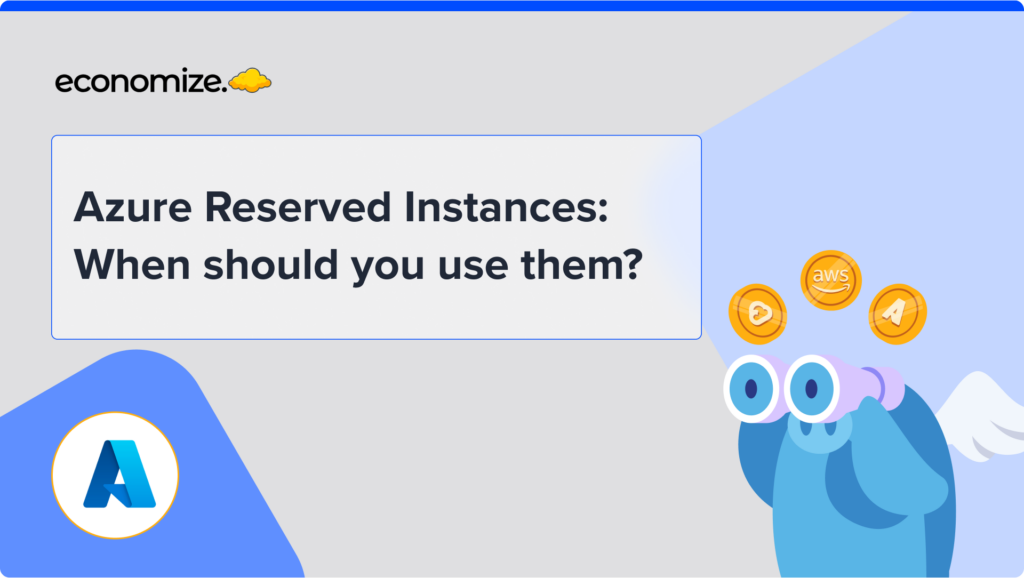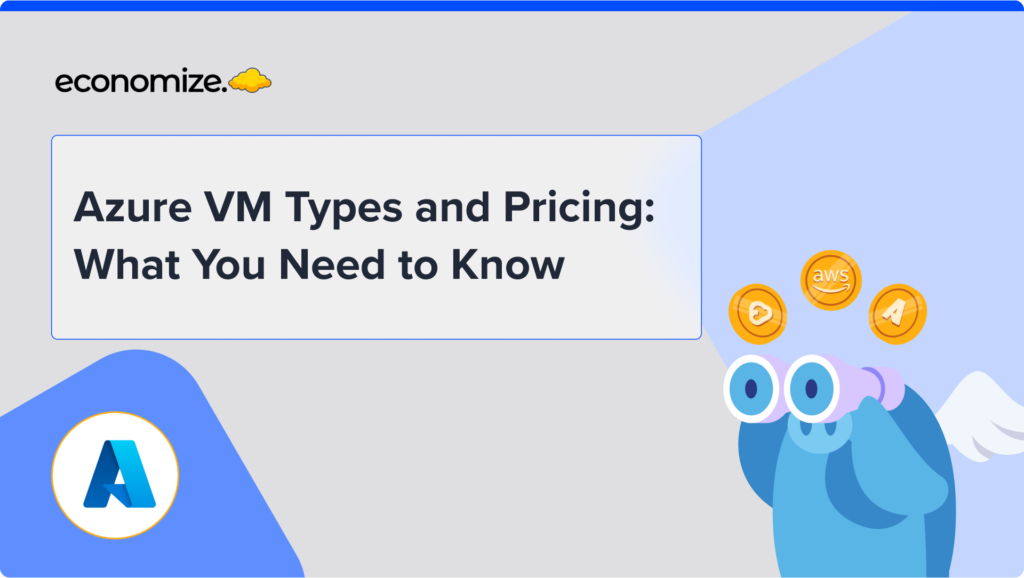What are Google Cloud Tags?
Google Cloud Tags are a powerful new feature offered by GCP that allows users to add custom metadata to resources in order to better organize and manage their infrastructure. With tags, users can add descriptive key-value pairs to resources such as virtual machines, storage, and databases, enabling more accurate categorization and identification of resources for efficient management.
Unlike the previous labeling system, which had great flexibility but also limitations in terms of governance and control, cloud tags offer a more organized approach to labeling resources, with the policy engine used to define who can label resources, and to what degree. This has made managing resources on GCP more streamlined and efficient, while also giving users greater control over who can access and modify them.
In this article, we will explore Google Cloud Tags, Policies, Tag Key, Tag Value, & Tag Inheritance, as well as the best practices for using them to optimize your cloud costs.
What is the difference between Google Cloud Tags and Labels?
Labels consist of key-value pairs and can be applied to various GCP resources. Labels are flexible and easy to use, allowing you to organize your resources based on various criteria such as cost center, environment, purpose, owner, project, or department. However, labels have some limitations that can lead to inconsistencies and errors in cost tracking, reporting, and budgeting.
One of the main issues with labels is that any user with the necessary permissions can modify the labels associated with a resource. This lack of control over who can label a resource, and who can view or modify labels often leads to inconsistencies and errors by misattribution of resources.
- For example, a developer might inadvertently change the label associated with a resource, making it difficult for the finance team to track costs accurately.
- Additionally, the lack of standardization and consistent naming conventions can make it difficult to search, filter, and group resources.
Google Cloud Tags, on the other hand, provide a more secure and centralized way of managing metadata for GCP resources. Cloud Tags offer better governance, control, and visibility into who is labeling a resource, and to what degree. Using policies and conditions, organizations can define Tag Admins, Tag Users, and Tag Viewers, allowing for selected access. This feature helps organizations ensure their labels are consistent, standardized, and accurate across all resources and projects.
- Here is a list of supported GCP services that users can attach tags to.
Tagging & Policies
Google Cloud Tags allow organizations to create policies based on tags. Policies are rules that define who can perform certain actions on GCP resources. Policies can also use tags to enforce restrictions on resource creation, deletion, and modification.
By using policies with tags, an organization can precisely define who can perform specific actions and who cannot, providing better governance and control of the resources.
- For example, a healthcare organization has many patients’ records stored in their Cloud Storage buckets.
- The organization can use tagging to label each record based on the type of data it contains, such as patient names, medical records, or insurance information.
- Using policies with tags can ensure that only authorized personnel can access specific data within the bucket.
- After implementation, only individuals with the “patient name” tag can access records containing the patient names, and individuals with “insurance information” tag can access records containing insurance information.
What is Tag Key & Tag Value in GCP?
Tag Key
A Tag key is a string that represents a category of metadata for resources. For example, a tag key could be “Environment” or “Production”. Tags Keys are used to group metadata and make it easier to search for and manage resources. Tag Keys are case-sensitive, can contain up to 63 characters, and can only contain letters, numbers, and underscores.
- Tags can have multiple keys, and each key can have multiple values. Tag keys can be used for grouping and filtering resources. For example, an organization can use tag keys to group resources by department, environment, or application.
Tag Value
In GCP, a tag value is a string that represents a specific value associated with a Tag Key. For example, if the Tag Key is “Environment,” the Tag Value could be “Development,” “Staging,” or “Production.”
- Tag values are used to provide more specific information about the resource. A tag value is case-sensitive, can contain up to 63 characters, and can only contain letters, numbers, and underscores.
Tag Inheritance
Tag inheritance is a feature that allows tags to propagate through a resource hierarchy. When you apply a tag to a parent resource, it automatically applies to all its child resources. This means that any resources created underneath a tagged parent will automatically inherit its tags.
This feature can save time and effort in situations where many resources are created within a single project or folder, as tags only need to be assigned to the parent resource to be inherited by all its children.
Tags can be inherited at the folder or organization level, in addition to the project level.
- For example, an organization might create a “compliance” folder and tag it with a “compliance” tag.
- Any projects created within that folder will automatically inherit the “compliance” tag, ensuring that all resources created in that folder are tagged with that information.
Using tags in combination with policies can help gain visibility and maintain accountability over your resources.
- For instance, you can use tags to label resources as production or development and apply different policies to each tag, This ensures that the correct policies are applied to the correct resources.
GCP Cloud Tagging Best Practices
Cloud tagging is an essential part of cost optimization in GCP. However, simply adding tags to resources is not enough. To achieve the full benefits of cloud tagging, it’s necessary to follow a few best practices:
- Establish a Tagging Strategy: Before starting to tag resources, it’s important to have a tagging strategy. This will ensure that tags are used consistently, and that everyone in the organization is following the same conventions. The strategy should cover who can create and edit tags, naming conventions, and the types of information that should be tagged.
- Use Consistent Naming Conventions: Naming conventions should be consistent across all tags to make it easy to search for resources. In case you have a resource group that contains all of the production instances, it may be helpful to tag them with a naming convention such as “env:prod.”
- Organize Resources by Business Groups: Tags can be used to group resources based on different business units or departments. For example, you could tag all resources used by the finance department with the tag “finance,” and all resources used by the marketing department with the tag “marketing.” This can make it easier to manage costs and permissions for each group.
- Automate Tagging with API or Terraform: Manual tagging can be a tedious and time-consuming task. Automating tagging with tools like the GCP API or Terraform can save time and ensure consistency across tags.
- Use Tags to Identify Ownership: Tags can also be used to identify who owns a particular resource. For instance, you could tag a VM instance with the tag “owner: john.doe@company.com” to identify who is responsible for that resource.
- Continuously Monitor and Optimize: Lastly, it’s important to monitor tags regularly and optimize them over time. This includes reviewing the tag strategy, updating naming conventions, and ensuring that new resources are being tagged correctly.
Conclusion
Google Cloud Tags have revolutionized the way resources are managed in the Google Cloud Platform.
By providing greater visibility, improved governance, and more efficient resource management, cloud tags have proven to be more effective than labels. The benefits of using cloud tags include stronger governance, enhanced tagging coverage, binding and inheritance, centralized management, and an improved character set.
Companies looking to optimize their cloud costs need to adopt a FinOps strategy. By following a well-defined approach to managing cloud finances, companies can gain deeper insights into their cloud usage, improve cost optimization, and create a culture of cost management within their organization.










